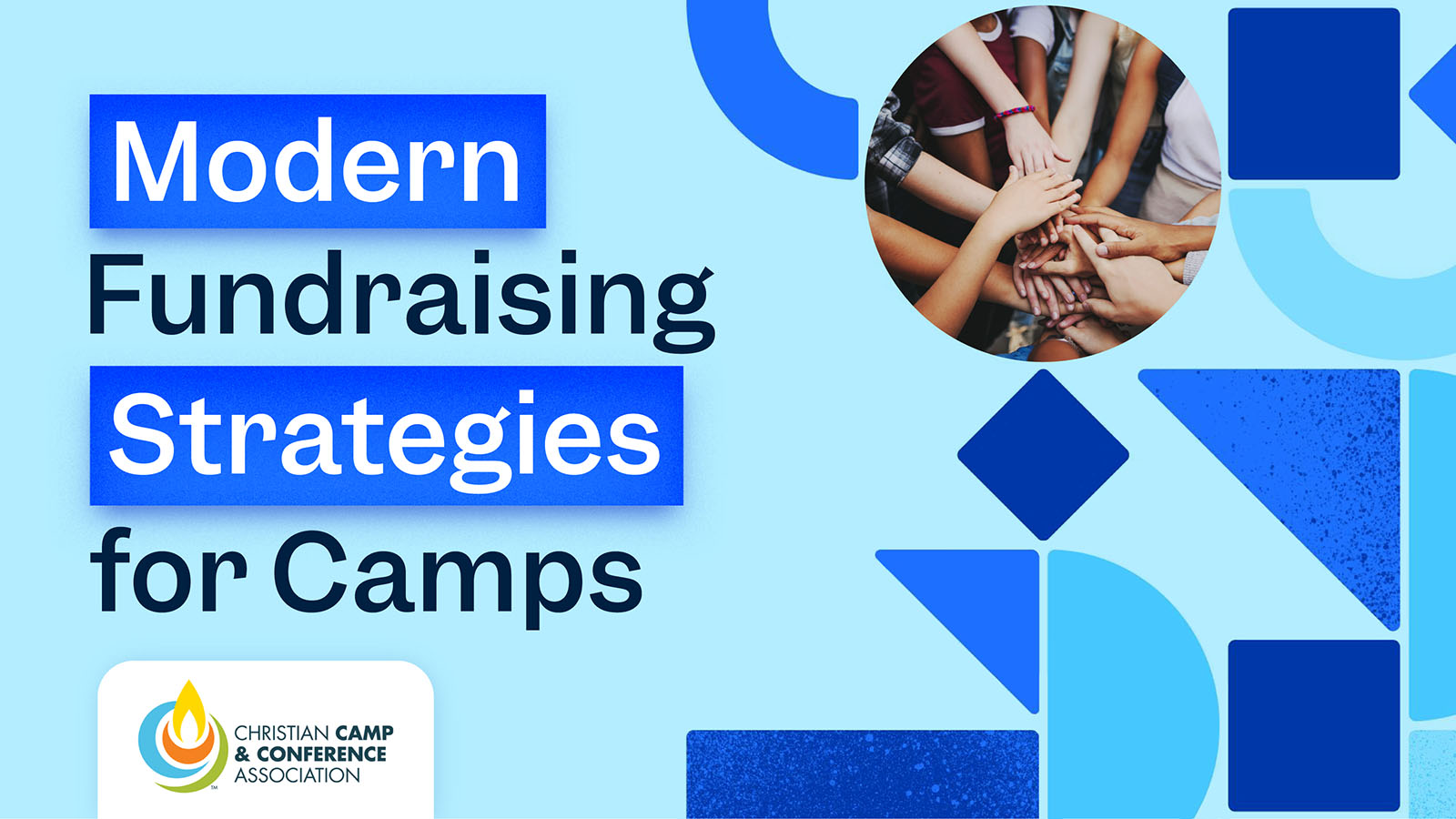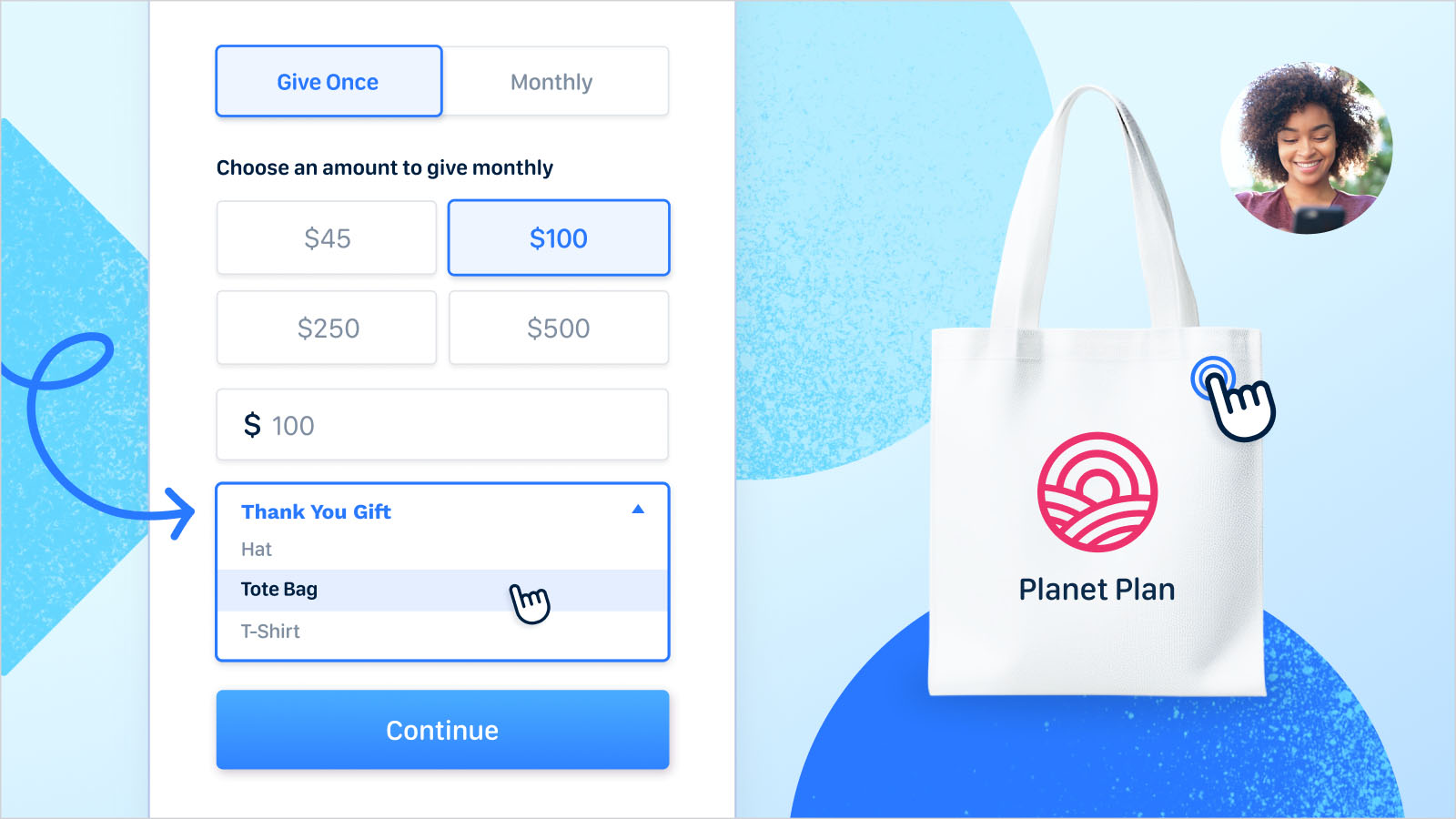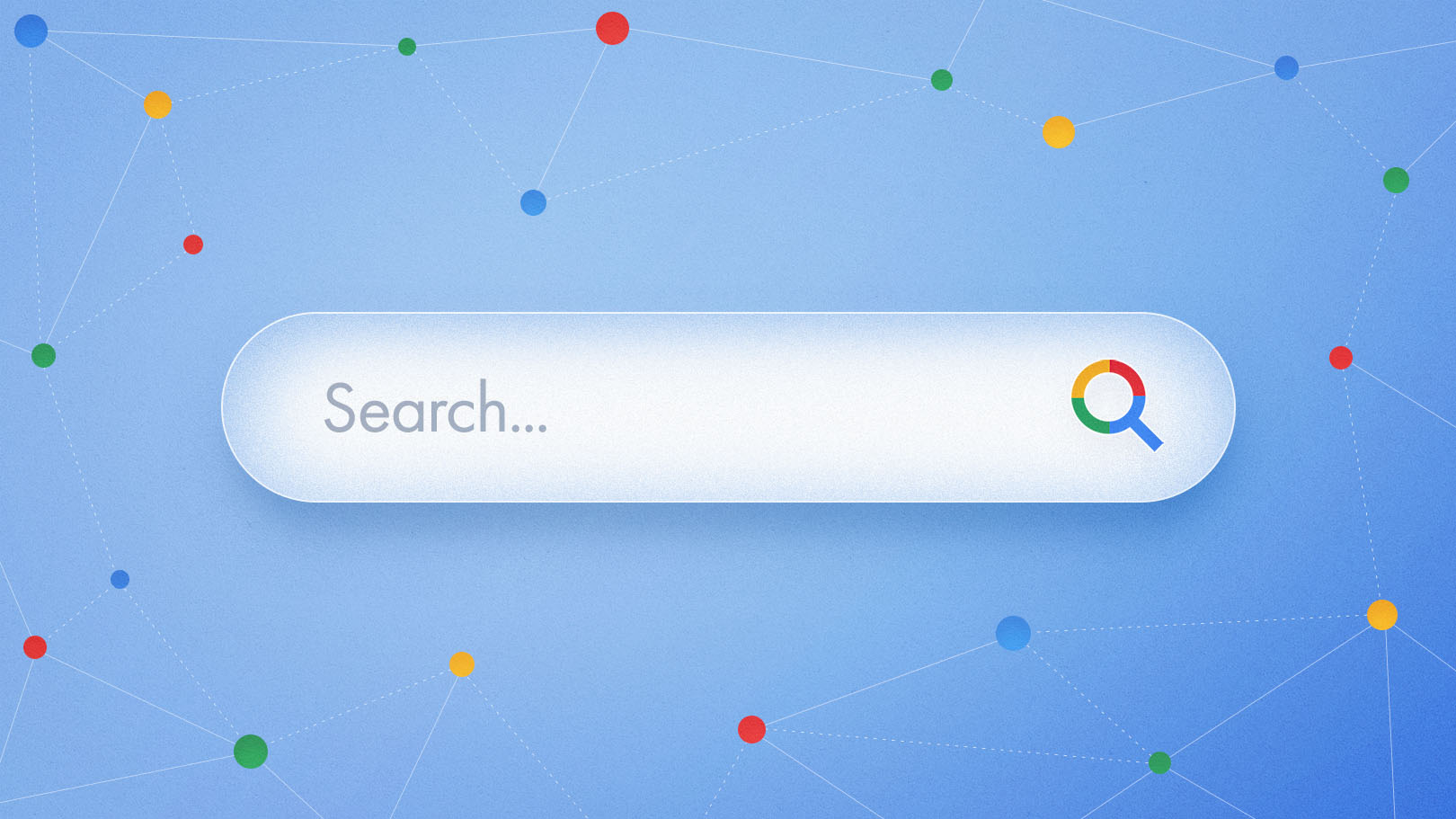Ah, Giving Tuesday … a welcome addition to the pantheon of spending-centric holiday season and a really big deal for nonprofit organizations everywhere. As this legendary day of radical generosity approaches, it’s all about planning a great campaign, drafting swoon-worthy marketing emails, and devising a killer social media campaign.
Fortunately, we’ve already got you covered when it comes to the above. By now, you’ve (hopefully) taken advantage of Funraise’s amazing Giving Tuesday Fundraising Course, so you’re all prepped for the big day. But what happens after Giving Tuesday—besides a well-deserved marathon napping session for the whole development team, of course?
Today, we’re talking about stretching your Giving Tuesday clout beyond a single day. While one-time donations are fine and dandy, recurring donations are the gift that keeps on giving (literally). So, how can you turn those first-time donors into year-round supporters once the Giving Tuesday dust settles? Read on for our top tips to build a year-round generosity movement.
Keep Giving Tuesday donors donating all year long
- Turn one-time donors into recurring donors
- Tell supporters your story
- Unlock corporate donor matching
- Thank your donors
- Provide other ways for them to give
- Automate the process(es)
- Engage AI
- Offer Giving Tuesday donors an exclusive event invite
1. Make it monthly
Monthly donations are win-win. Donors love monthly giving because it feels like less of a financial commitment, and nonprofits love monthly giving because it provides a guaranteed source of steady online donations and increases donor retention (and average donations!). So, when you send those Giving Tuesday emails, consider promoting your monthly giving program as an alternative to general online fundraising. You can even take it a step further and make your Giving Tuesday fundraising goal a certain number of new monthly donors instead of a total dollar amount.
And here’s your friendly reminder that the best way to wrangle monthly donors is to be specific about the impact of each and every gift! Let everyone know exactly what their $20/month donation will do for your larger mission, and they’ll keep it coming.
2. Weave a memorable yarn
We’ve already established that the best way to stretch your Giving Tuesday superpower is to convert one-time donors into recurring ones. But how do you actually do that? By using Giving Tuesday to get them up to speed on why they want to keep supporting you. In fact, Giving Tuesday outreach is the perfect medium for flexing your storytelling muscles. You reach old and new donors alike at a moment that they’re sure to pay attention to. So forge that emotional connection via email, across social media platforms, and in person, letting donors know what makes you special—and why they should stick around.
For more information about how you can become a Pulitzer Prize-winning storyteller, check out our article with all the tips you need.
3. Find a perfect match
Donors love a good matching gift because... well, who wouldn’t want to maximize the power of their donation? Many nonprofits turn to a major donor or sponsor to match Giving Tuesday gifts, which is an excellent tactic. But there’s another easy way to double your donations, and it’s called employer matching. So many nonprofits let these extra corporate funds slip through their fingers because donors simply don’t know it’s an option.
Don't assume your donors know—or have the energy to research—whether their employer matches gifts. Instead, be sure to mention this extra incentive in the weeks leading up to your Giving Tuesday fundraising campaign. Then, consider sending a follow-up email to any new Giving Tuesday donors reminding them that their employer might offer a matching gift program. Make it as easy as possible for them to learn more by offering step-by-step guidance and email templates. Worried about coming off as pushy? Don’t. Because that brings us to our next tip…
4. Say thank you—and fast
Cement new donors as dedicated fans by following up on all new donations within 48 hours. And before you say anything else, say thank you. As we well know, the sooner you acknowledge a gift—and its impact—the sooner you can start building a lasting relationship. (And we're not talking donation receipts—they've already got those.)
And while you’re probably a thank-you expert by now (is that a thing?), here are a few quick reminders: use personalized email strategies (that means using each donor’s name) and include contact information if they want to learn more. Share your fundraising progress and the impact of the successful campaign. Finally, briefly note that Giving Tuesday is just the beginning of the year-end giving season—and you're counting on them to be a part of a year-round generosity movement.
But most of all, thank you, thank you.
5. Offer cashless ways to stay involved
While asking donors to give right after they've given is the worssstttt (in the immortal song of Jean Ralphio), you can encourage donors to stay involved with minimal effort on their part. By asking them to follow your social media channels or share a link to your donation page, for example, you ensure they stay connected with your cause without asking them to dip back into their checking accounts.
6. Automate it all
By now, you're probably sensing a theme: One of the best ways to keep the giving going after Giving Tuesday is by staying in touch with your supporters (especially first-time donors) during a particularly busy time of year. And the best way to ensure you properly nurture those beautiful (but delicate!) donor relationships is through the power of automation.
If you want to meet your nonprofit organization's fundraising goals, you need to stay connected, and automatic email strategies and social media posts ensure you do just that. When you're top of inbox (or Instagram feed), you're more likely to be top of mind when it's time for a donor's next round of online donations.
7. Make time for stewardship
You're like, "Make time... out of what?" Our counter is those two letters we've become so attuned to: AI. Yep, we're suggesting that you outsource your email campaigns, social media posts, peer fundraiser appeals, thank you letters, or even direct mail copy to your robot colleague. It's the perfect time to try out Appeal AI, the nonprofit-specific AI tool!
And while we like AI, we always, always suggest that you use it in the spirit of inspiration and creativity, taking its outputs and adjusting them for your specific needs and with your unique brand in mind.
8. Keep the party going
As we've noted, asking for another donation right after someone donates is a major faux pas. But inviting donors to attend an appreciation event is 100% kosher. We’ve already talked about having a pre-Giving Tuesday bash to boost engagement. But why stop here? With so many new donors, you have a prime opportunity to boost donations year-round—you just need to retain them. Maybe you want to host an open house for all Giving Tuesday donors. Or maybe it’s a special Ask-Anything event to see the impact of their donations. Whatever you do, an enjoyable event that focuses on impact is a recipe for donor retention.
Giving Tuesday is a big deal in the nonprofit world, and chances are you’re going to be putting in quite a few hours to make it a successful campaign. With these tips, you can keep the giving going, long after Giving Tuesday has ended.































.webp)
.webp)











.webp)
.webp)

.webp)
.webp)
.webp)




